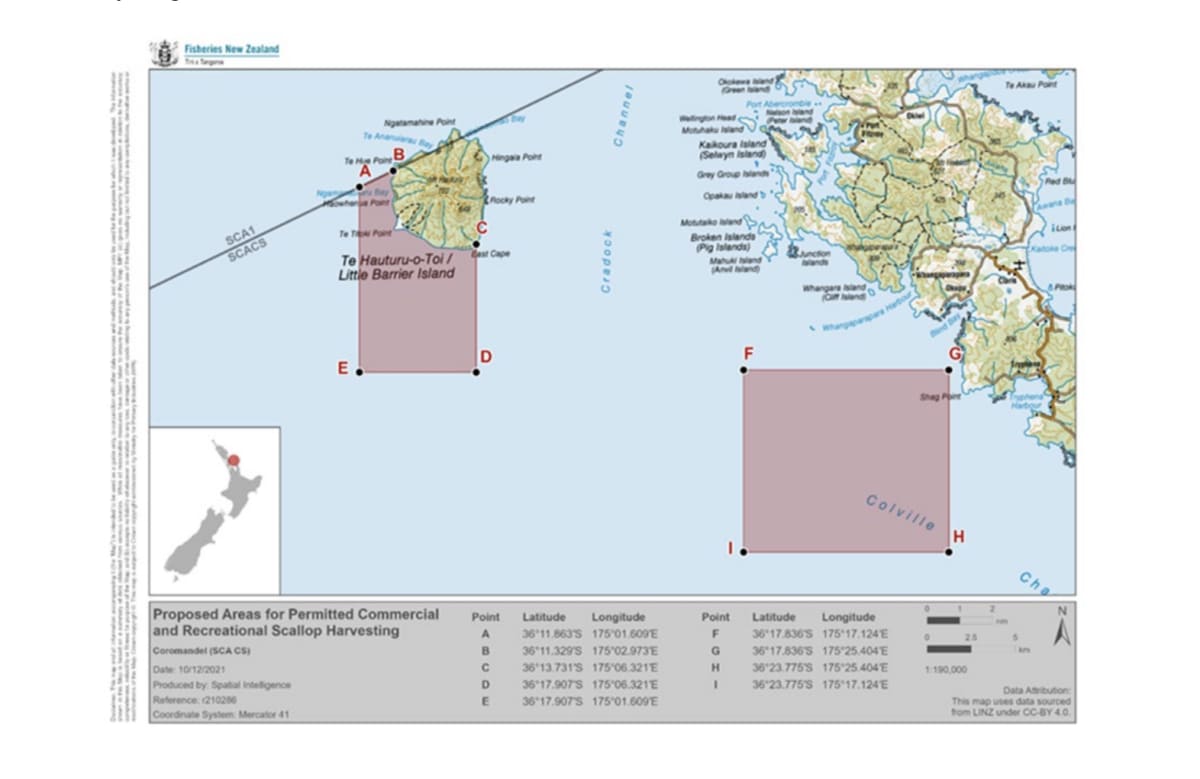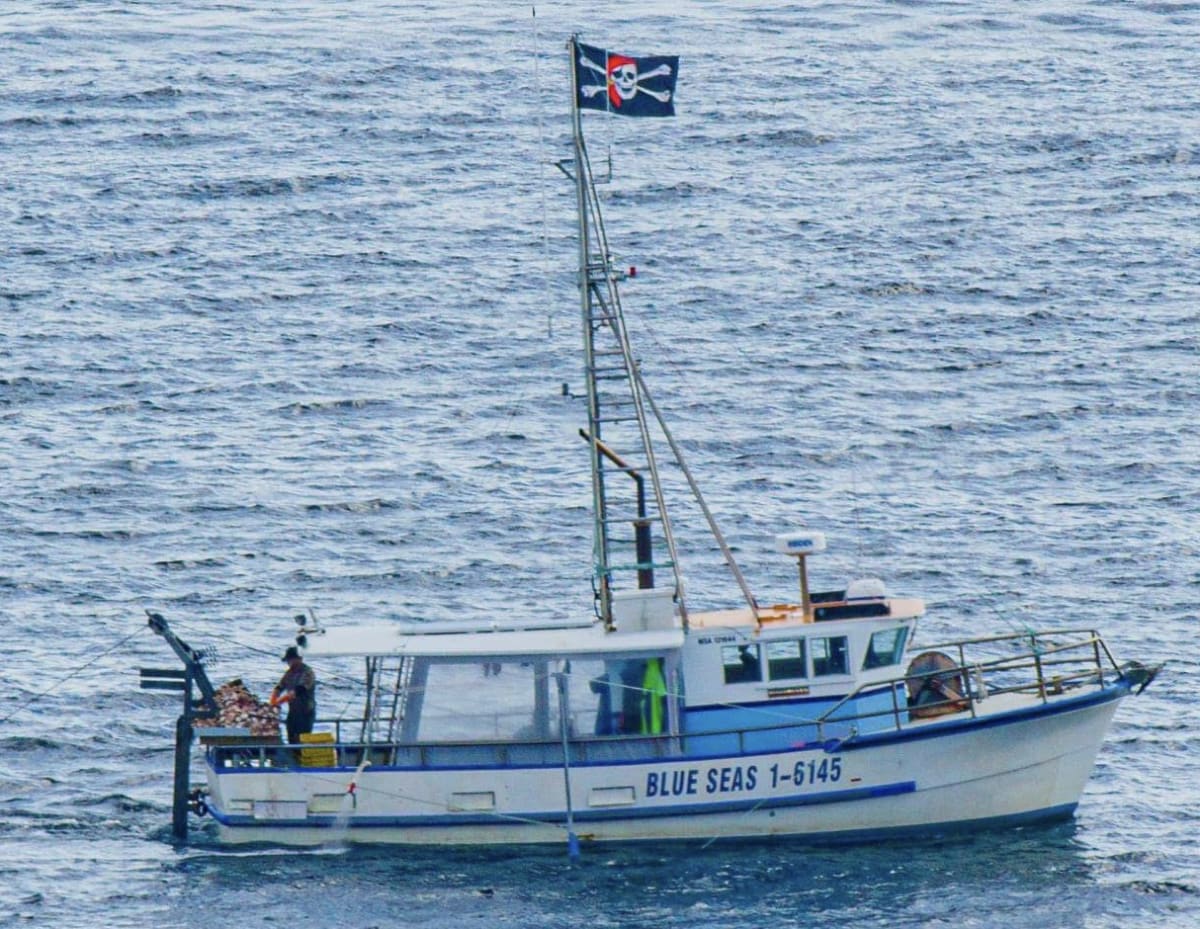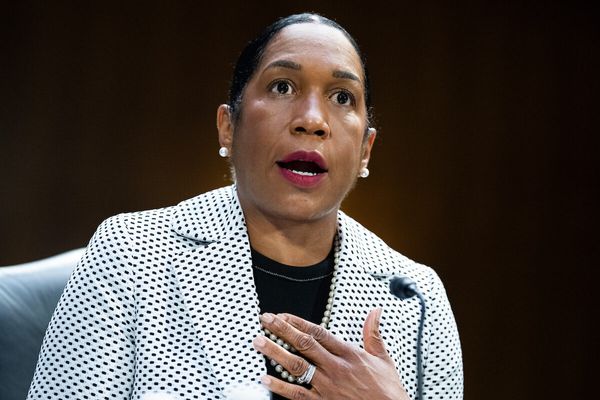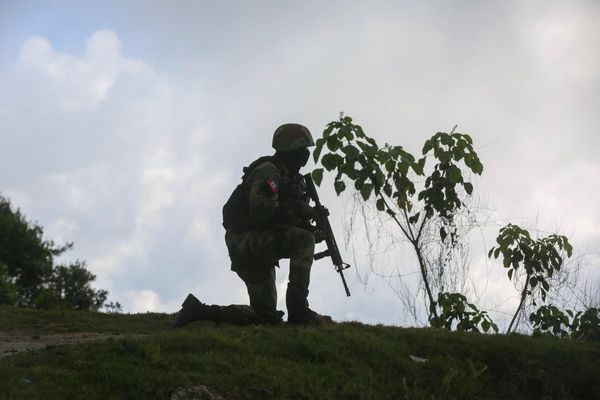
A far-reaching closure of scallop fisheries across the upper North Island may not go far enough, neglecting to protect two areas already under rāhui by Ngāti Manuhiri
The closure of depleted scallop fisheries in Northland and the Coromandel will allow stocks to recover. However, conservationists are disappointed the closures leave out two significant sites in the Hauraki Gulf.
Oceans and Fisheries Minister David Parker announced the closure this morning, citing the results of the 2021 biomass survey as alarming.
“Scientific surveys of scallop numbers in the Northland, Hauraki Gulf and Coromandel fisheries have confirmed iwi and community concerns that scallop beds in the region are in bad shape,” he said.
The closures, which come into effect on April 1, are an attempt to come back from decimated levels of stock by giving scallop beds much-needed time to recover.
“Strong measures are needed to restore these important shared fisheries,” said Parker.
However, conservation agency Forest & Bird wants to know why two significant areas have not been included in the closures - one off the coast of Te Hauturu o Toi Little Barrier Island and the other in the Colville Channel.
Forest & Bird chief executive Kevin Hague said the organisation was happy about the closure of Northland fisheries, but wanted to see the same protections afforded to these vulnerable areas in the Hauraki Gulf region.
“We strongly support the closure of the scallop fishery in Northland, but are deeply disappointed that areas of the fishery in the Hauraki Gulf remain open to ransacking by commercial fishers,” he said.
The closures not quite reaching these two spots fails to honour the rāhui tapū which was laid on the northern waters of the Hauraki Gulf by Ngāti Manuhiri on Waitangi Day last month with the express purpose of giving tipa (scallops) and other kaimoana in the region a chance to get back on its feet.
The iwi has put forward a proposal for the temporary closure of these areas under section 186a of the Fisheries Act.

Bianca Ranson, Hauraki Gulf Coordinator at Forest & Bird, said the closures not going with the rāhui already in place undermined what could have been a great decision by Oceans and Fisheries.
“The decision to allow dredging for scallops to continue in the area of Ngāti Manuhiri's tikanga rāhui shows disregard for iwi leadership and efforts to protect their rohe moana,” she said. 'It's disrespectful to tangata whenua and the rāhui."
Ranson said Forest & Bird was disappointed by the announcement, but not necessarily surprised.
"It's a continuation of what we've seen," she said. "Putting profit before the urgently needed protection of a critical species."
She added that Forest & Bird was concerned that if these two last areas were left open, they would be hit hard by scallop dredgers.
“This could do long-term damage in an area that Ngāti Manuhiri is trying hard to protect,” she said.
Fishing prohibition on one area could potentially move fishers on to wherever else they can legally get their fill of scallops, whether for recreational or commercial reasons.
Chief executive of Ngāti Manuhiri Settlement Trust Nicola MacDonald said the iwi had already seen increased pressure on local scallop beds.
“We have seen constant and increased commercial activity in our waters since closures were approved at the East Coromandel and Waiheke areas and we know that our tipa will not survive this assault and battery,” she said.
The closures were announced as part of a twice-yearly review of fish stocks by Oceans and Fisheries, conducted with an eye to evaluate sustainability.
Recent changes following these reviews have included a 50 percent cut to total allowable commercial catch in the Coromandel in 2016, and the amount being reduced by 75 percent in Northland in 2020.
Fisheries stated in a press release today that these six-monthly reviews focus on species important to iwi, local communities and commercial and recreational fisheries.
According to Fisheries, the two areas left out of the closure will “provide for a small level of utilisation”.
In his letter laying out the decision, David Parker said the best available information reflected that scallop populations in these two areas were likely to be able to sustain some limited ongoing harvest, and therefore both commercial and recreational take would continue to be permitted.
“I acknowledge there are views that the method of dredging should be completely removed. However there is not currently a viable alternative to dredging for commercial scallop fisheries,” he wrote. “As such, dredging, both commercial and recreational, will be permitted to continue in the two open areas.”
The closures follow an open letter sent to the minister by Forest & Bird earlier this month, expressing serious concern over the state of scallop populations in Northland, Coromandel and the Hauraki Gulf.
They pointed out that scallop stocks were low to the point of the species being at risk of functional extinction in some areas, partly due to sedimentation damaging the marine environment and large-scale dredging practices damaging the sea floor.
The letter called the situation untenable and an “indictment of Aotearoa New Zealand’s marine management”, and voiced a lack of confidence in the ability of scallop dredgers to responsibly manage the fishery.
This comes after reports of alleged night dredging, and a group of dredgers taking from the Ngāti Hei rāhui area while flying a pirate flag.
A skull and crossbones was seen flying from a ship as three vessels plowed the sea floor between Kūaotunu and Otama, and around Black Jack headland on August 11 last year.

"This demonstrates the disrespect of commercial operators, blatantly flouting a rāhui that was put in place with wide support from hapū, recreational fishers and the local community, to protect already devastated scallop beds," said the letter from Forest & Bird.
The organisation called for a widespread ban on recreational and commercial dredging. Today’s announcement seems to be a partial granting of those wishes, but in falling short of total protection, may leave these sites more exposed than ever.
"I feel they'll be destroyed," Ranson said. "These two beds have been left open as they are in reasonable health - but if they are dredged, there are wider consequences for the whole area. It shows we need an overhaul of healthy management."







